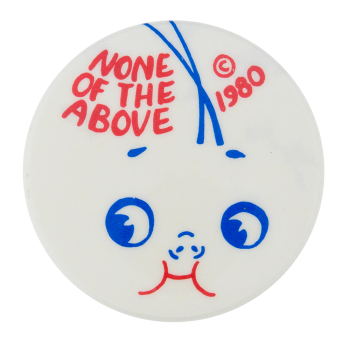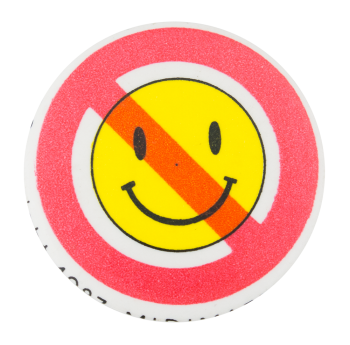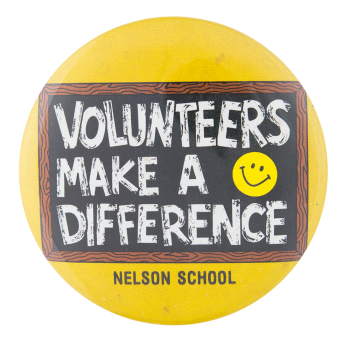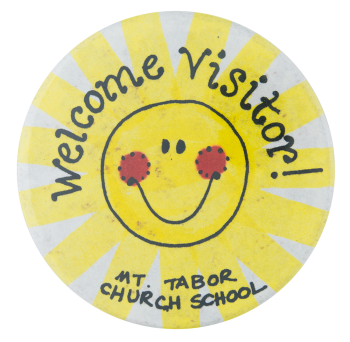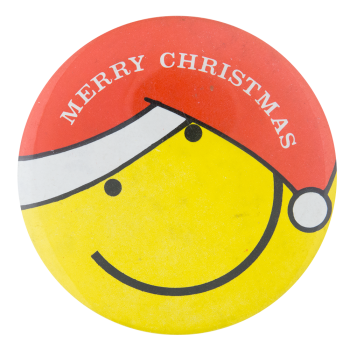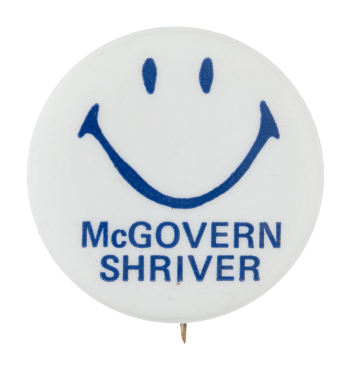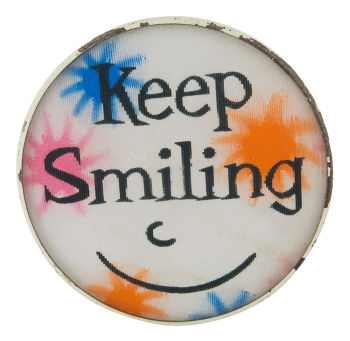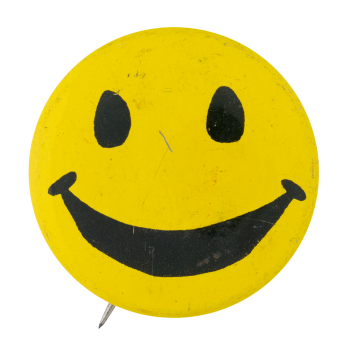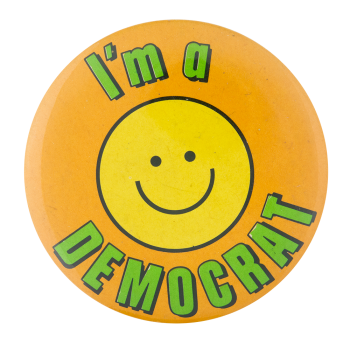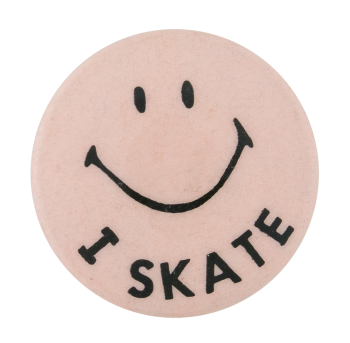None of the Above
| Category | |
|---|---|
| Additional Images | |
| Sub Categories | |
| Text on Button | NONE OF THE ABOVE © 1980 |
| Image Description | White background with red text on the upper left side, red copyright and date on the upper right side. Smiley face near the bottom, blue eyes looking to the left with blue eyebrows and 2 strands of blue hair, along with a small blue nose and a red smile. |
| Back Style | |
| The Shape | |
| The Size | |
| Additional Information | NOTA is an acronym for “None of the Above” it is also known as the “scratch” or “against all” vote or “protest vote.” This option is allowed in some jurisdictions to show a voter's disapproval of all candidates on the ballot. This can be for any vote for any organization if given the option. NOTA has been an option for all elections in India since 2009. The classic yellow smiley face is comprised of a yellow circle, two black dots for eyes, and a black arc ending in serifs for a mouth. It was designed in 1963 by commercial artist, Harvey Ross Ball. Ball was commissioned by The State Mutual Life Insurance Company to create a happy face to raise the morale of their employees. His version was created in 10 minutes. The design was printed onto more than 50 million buttons. Neither Ball nor the company copyrighted this smiley, so it was continually used by other businesses in their promotions. |
| Sources |
About Harvey Ball. (n.d.). Retrieved September 12, 2020, from https://www.worldsmileday.com/index.php/article-index/item/380-about-ha… NOTA (abbreviation) American English definition and synonyms: Macmillan Dictionary. (n.d.). Retrieved September 21, 2020, from https://www.macmillandictionary.com/us/dictionary/american/nota |
| Catalog ID | SM0060 |

